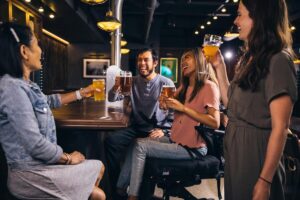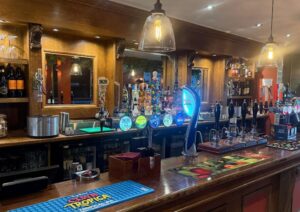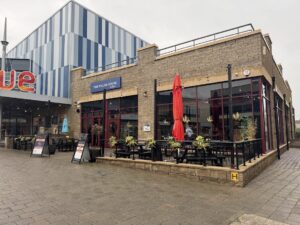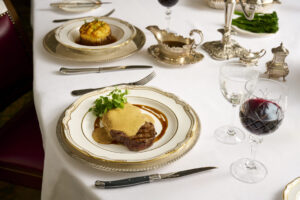EU Campaign Champions Low & No Alcohol Innovation This Sober October
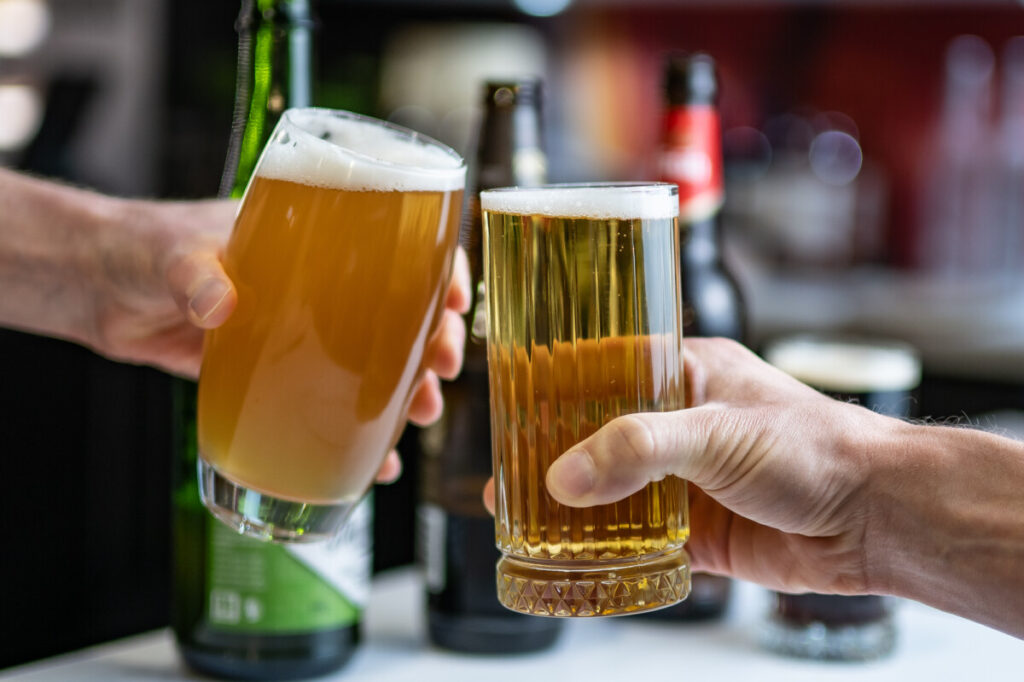
This Sober October, the low- and no-alcohol category is gearing up for another sales boost – and the European Union’s “More Than Only Food & Drink” campaign has expert advice for retailers and hospitality operators looking to maximise the opportunity.
Like Dry January, Sober October has evolved far beyond a fundraising challenge to become a mainstream lifestyle choice. Research shows that 61% of 18–24-year-olds intend to reduce or stop drinking over the next year – a figure that rises to 68% among 25–34-year-olds[1]. More than half (53%) of UK adults have consumed low- or no-alcohol drinks in the past 12 months, with the category forecast for further strong growth.[2]
Beer, wine and spirits specialists working with the EU campaign have highlighted the trends and tactics that operators should focus on this October:
Beer: Reduce Barriers, Increase Visibility
Mark Dredge, beer presenter and ambassador to the “More Than Only Food & Drink” campaign, states: “Whether in the shopping basket or at the pub, I believe that we are now at a stage when it’s fully acceptable to choose alcohol-free beer. This is helped by having so many good quality options available. Countries with strong beer traditions were early to embrace no- and low-alcohol options. Germany, for instance, offers excellent alcohol-free lagers and wheat beers, such as Münchener Bier PGI; while Spain produces superb alcohol-free lagers. Denmark’s alcohol-free IPAs also stand out.
“To maximise Sober October sales, retailers and operators need to reduce the barriers to choosing alcohol free drinks and make the options clear. It is encouraging to see no- and low- options prominently displayed in many major retail outlets and I even noted alcohol-free beers included in a meal deal this year. Hospitality needs to follow suit by offering alcohol-free beers to suit a range of tastes. By showing that you are taking non-drinkers seriously, operators will increase their appeal to wider groups and encourage non-drinkers to stay for longer. Serving an alcohol-free beer on draught is even better as it gives anonymity to those who don’t want to drink alcohol.”
Wine: Catching Up Fast
Wine drinkers are now following the no-alcohol trend, with sales of alcohol-free wine up 8% in the past year.[3]
According to wine consultant and campaign advisor, Neil McAndrew: “Wine has been much slower to respond to the alcohol-free movement than beer. This is partly due to the fact that the process of stripping out the alcohol removes many of the key flavours from wine, whereas de-alcoholised beer still retains its familiar inherent taste derived from the hops, malt and yeast. Fortunately, innovation and new techniques are moving things forward rapidly with both established wine producers and those new to the market leading the charge. I believe that wine still has a way to go to match the quality and authenticity of alcohol-free beer but it will not take long to get there as the market potential and rate of innovation is huge!”
This August, two official wine bodies in Tejo, Portugal, agreed to low- and no-alcohol wines retaining Tejo PGI status. PGI (Protected Geographical Indication) means a food or drink is closely linked to a particular place, with at least one stage of its making done in that region. Under the PGI, wines with a minimum 7.5% ABV will be included as light wines and partially de-alcoholised wines with a minimum alcohol content of 0.5% will also be permitted[4].
For retail and hospitality operators, Neil emphasises the importance of offering an attractive range for mindful drinkers. He notes that there are good examples of no and low-alcohol still and sparkling wines from classic regions like Provence and Bordeaux – with some of the best examples coming from Germany, which has been at the forefront of the technique. He adds, “Most German wines, for example wines from Mosel PDO, already have low alcohol to begin with. PDO (Protected Designation of Origin) refers to a food or drink which is made entirely in one region, from start to finish, using local expertise and traditions.”
Spirits: Flavour and Quality Drive Repeat Sales
Sales of alcohol-free spirits have been performing well in terms of volume sales, showing a 23.3% growth year-on-year[5].
Kristiane Westray, spirits writer, educator and campaign ambassador, says: “It’s clear then there’s no one-size-fits-all approach to success in this space. Aside from that, the most important consideration for retail and hospitality is that the flavour experience will win out over anything else. It might be easy to sell that first bottle, that first cocktail, on a social media trend or ingredient fad, but it’s quality that counts for the important repeat sale. Pay attention to that above anything else.
“In terms of low-alcohol serves, much like with broader cocktail trends, savoury flavour profiles are proving popular. This aligns with some of the health motivations that might be behind a person’s decision to reduce their alcohol intake. If they are cutting back on the booze, why not remove sugar too? Long drinks made with the likes of Swedish Aquavit PGI, Amaro and other bitters play into this trend and aperitivo-style alcohol-free spritzes can really fit the bill.
“Remember too that people drink with their eyes – and this is especially true in our social media-infused culture. Whatever people drink, whether it’s full, low or zero-strength, it needs to look good. For bars, that means considering ice, garnishes, mixers. For retailers, think about bright, colourful products – adding visual interest can be as simple as stocking liqueurs and flavoured gins.”
As sobriety and mindful drinking practices continue to gain popularity, retailers and operators can be reassured by the innovation and product development taking place in the EU. The range of high-quality products already available will expand and improve further, providing even more options to satisfy consumer demand – whether it’s for Sober October or a sober life.
For any further queries, please visit the campaign website https://enjoy-its-from-europe.campaign.europa.eu/united-kingdom/en or contact: morethanfood_UK@agripromotion.eu
[1] https://www.aviva.com/newsroom/news-releases/2024/10/nearly-half-of-brits-plan-to-reduce-their-alcohol-intake-over-the-next-year/
[2] https://store.mintel.com/report/uk-attitudes-towards-low-and-no-alcohol-drinks-market-report
[3] https://www.theiwsr.com/insight/the-uk-no-alcohol-market-key-statistics-and-trends/
[4] https://drinksretailingnews.co.uk/tejo-changes-pgi-to-include-low-and-no-alcohol-wine/
[5] https://www.foodmanufacture.co.uk/Article/2025/07/28/low-and-no-drink-trends-2025/


